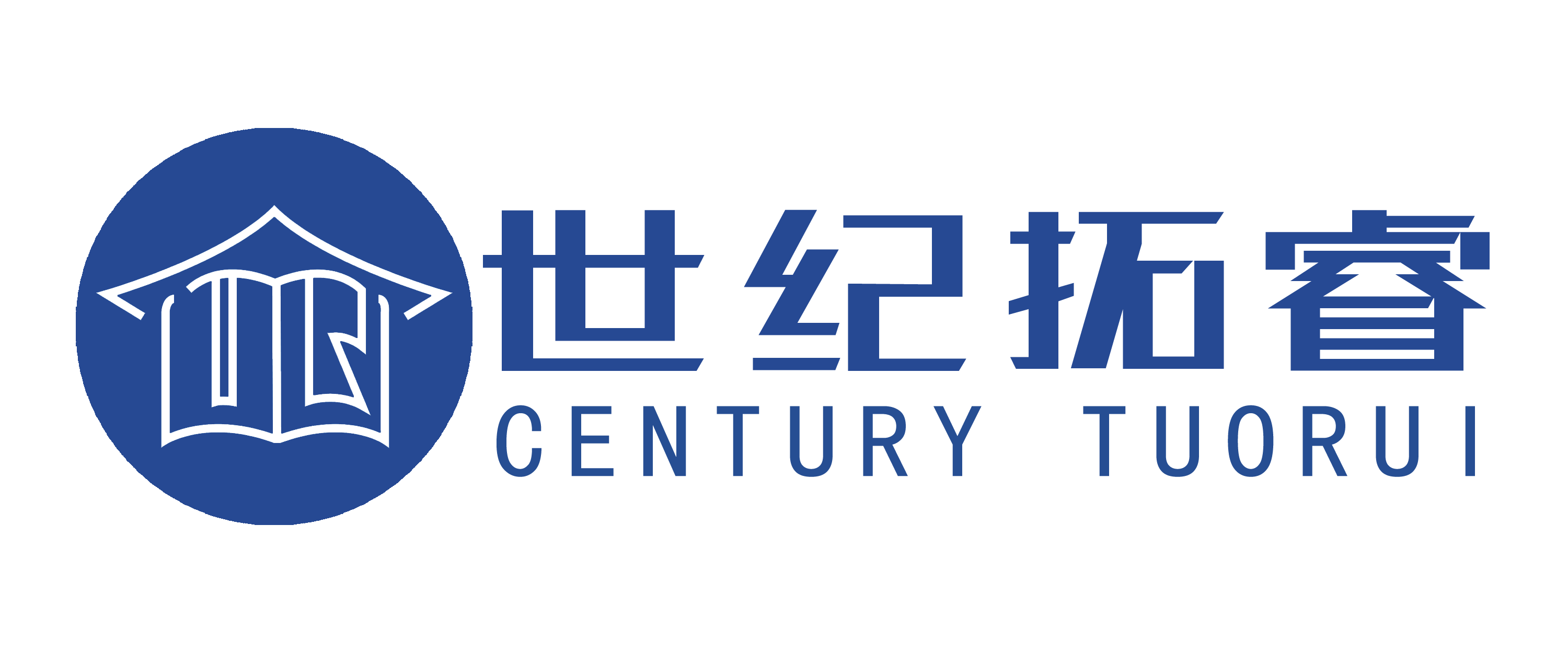PMI-PBA 考试领域说明发表时间:2021-07-28 10:53 PBA(Professional in Business Analysis)是PMI基于他们的人才三角,就战略和商业管理方面提出的一项培训和认证。(中国大陆在2016年6月正式启动) PBA的考试形式规则和PMP类似。考试者要完成200道选择题(目前都为单选题)。PMI随机抽取25道题不计入分数,保证答对剩下175题中的106道就可以通过,如果想要稳妥一点通过的话,就要保证答对131道题。 考试的范围为BA的5个知识领域。占比如下。结果分为A(Above Target), T(Target), B(Below Target), N(Needs Improvement) 四个等级4个等级。最好的成绩就是5A了。
下面详细介绍5个领域的知识内容: Needs Assessment:The Needs Assessment domain includes activities related to understanding a business problem or opportunity and evaluating various inputs to help develop an effective solution.
Planning:The Planning domain focuses on the preparation required to effectively manage the business analysis activities that will occur within the project. This includes establishing tools, policies, and procedures for the requirements management plan, requirements traceability, change management, document control, and acceptance criteria.
Analysis:The Analysis domain centers on requirements management activities. Tasks include the elicitation, analysis, decomposition, acceptance, approval, specification, and validation of the requirements for a product or project.
Traceability and Monitoring:The Traceability and Monitoring domain includes the activities related to managing the life cycle of requirements. The tasks within this domain comprise the continuous monitoring and documenting of requirements as well as the communication of the requirements status to stakeholders.
Evaluation:The Evaluation domain includes activities that relate to the assessment of how well the delivered solution fulfills the requirements and meets the business need. Tasks within this domain include testing the solution, determining if there are gaps, and obtaining sign-off.
|
